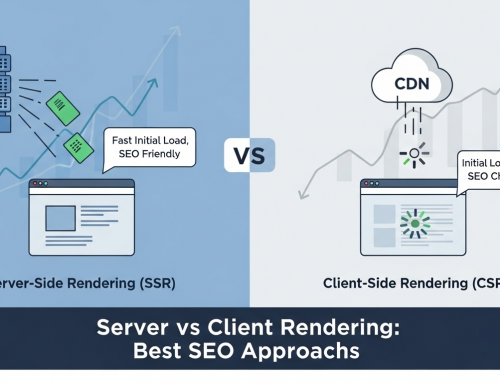Guest blogging is a powerful SEO strategy, but the approach has changed dramatically. What once was a tactic for building a high volume of low-quality links is now a sophisticated method for earning high-quality backlinks from authoritative websites. When done correctly, guest blogging can significantly boost your organic traffic, domain authority, and brand visibility. Here’s a step-by-step guide on how to do it right.
Step 1: Find the Right Opportunities, Not Just Any Opportunities
The key to successful guest blogging is relevance and authority. A link from a site that’s not related to your niche or has a low domain authority will have little to no SEO value. You need to target sites that have a similar audience and are respected by both users and search engines.
- Google Search Operators: Use specific search queries to find sites that accept guest posts. For example:
"write for us" + "your niche""guest post" + "your keyword""contribute to our blog" + "your industry"
- Competitor Backlinks: Use a tool like Ahrefs or Moz to analyze your competitors’ backlinks. Look for sites that have linked to them and check if those sites accept guest posts. This can reveal valuable, untapped opportunities.
- Niche Communities: Join online forums, Slack channels, and social media groups within your industry. People often share opportunities or talk about blogs they admire, which can lead you to potential host sites.
Step 2: Craft a Killer Pitch
Editors and blog managers receive dozens of pitches every day. To stand out, your pitch must be personalized and demonstrate that you’ve done your homework. A generic email will get deleted.
- Do Your Homework: Before you email, read some of the host blog’s articles. Mention a specific post you enjoyed or a point you found particularly interesting. This shows you’re a genuine reader and not just a link-seeker.
- Offer Value, Not a Sales Pitch: Don’t talk about your company. Instead, offer unique and valuable content ideas that would benefit their audience. Provide a few different titles and a brief, one-paragraph summary for each idea.
- Show Your Expertise: Briefly introduce yourself and provide a link to your best work. This establishes your credibility and gives them confidence that you can deliver high-quality content.
Step 3: Write Exceptional Content
Once your pitch is accepted, the real work begins. The content you write for a guest post should be even better than what you publish on your own site. You are essentially creating an ad for your expertise.
- Originality and Value: The post must be 100% original, well-researched, and genuinely useful. Don’t rehash old content or write a fluffy article just to get a link. The goal is to provide real value to their audience.
- Follow Guidelines: Adhere strictly to the host site’s editorial guidelines. Pay attention to their tone of voice, formatting rules, and link policies.
- Strategic Linking: The primary goal is to get a backlink. Place a natural, relevant link to a high-quality resource on your own site. Use descriptive anchor text that accurately reflects the content you’re linking to. Avoid keyword-stuffed or generic anchor text.
Step 4: Maximize the Impact
Getting the post published is not the end of the process. To truly leverage the SEO benefits, you need to engage with the post after it goes live.
- Promote the Post: Share the guest post on your own social media channels, email newsletters, and other platforms. This drives traffic to the post, which signals to search engines that the content is valuable.
- Engage with Comments: Respond to comments and questions on the post. This builds your reputation as an expert and strengthens your relationship with the host blog’s audience.
- Future Relationships: If the post performs well, the host blog may be open to future collaborations. This can lead to a long-term partnership that provides ongoing SEO value.






